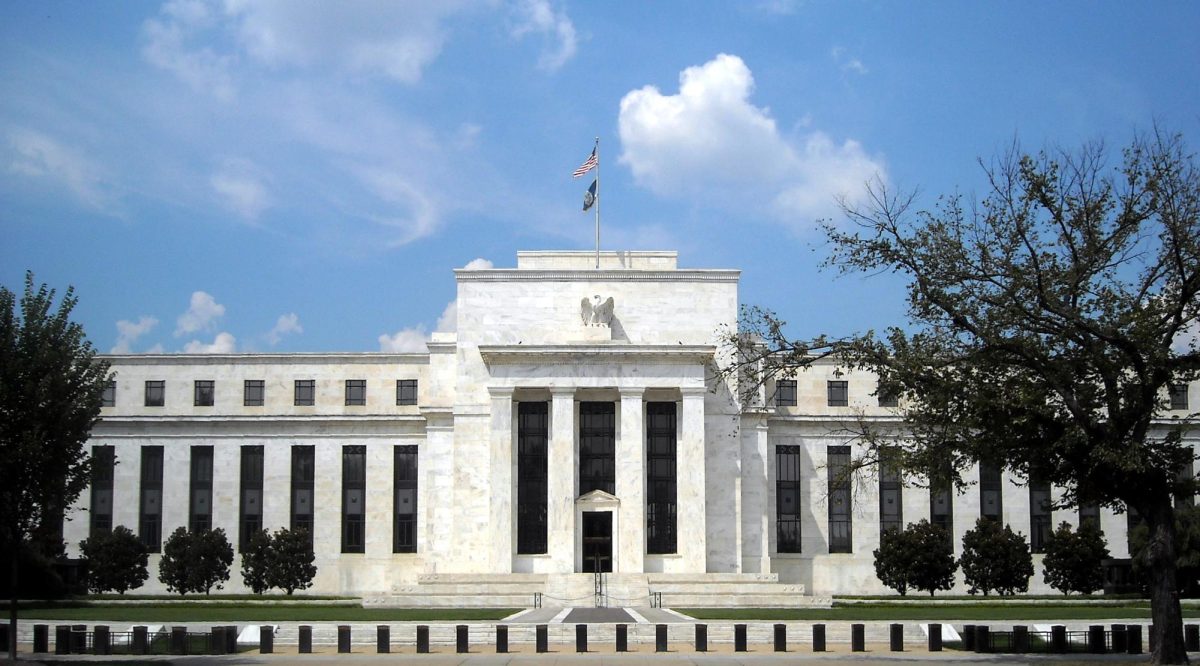Throughout the summer, the financial sector has underperformed the S&P 500 as slow economic growth, interest rate cuts, the inverted yield curve and the trade war have led many investors to be wary. While these factors have not determined the outlook of the industry heading into 2020, the potential impact of each factor across the industry verticals should be considered.
A global economic slowdown is negative for new loans, homebuilder valuations and credit quality. If global economies begin to slow down, as evident by the manufacturing industry, fewer businesses will invest in property, plant and equipment to build more factories. As a result, the appetite in the commercial and industrial loan space that fund small and midsize businesses would similarly decrease.
Homebuilder valuations are also at an all-time low due to a slow-down in the consumer discretionary spending as fears of a recession looms. The low valuations have also been negatively affected by higher mortgage rates. If market conditions worsen, consumers are less likely to take out loans for higher interest assets such as leveraged loans, credit cards and commercial real estate loans. However, this trend can be partially offset by the fact that borrowers can now refinance at lower rates.
Interest rate cuts will also impact a bank’s profitability, asset sensitive banks, high yield market and collateralized loan obligations. Banks make a profit based on the spread between the interest rate they lend out and the interest rate they offer for deposits.
As the Federal Reserve slashes rates, banks must justify lowering the deposit rates. With lower deposit rates, customers could withdraw their deposits and hamper the bank’s ability to lend on their balance sheet, which would decrease net income.
Asset sensitive banks and banks with a business heavily weighted towards floating-rate loans will also face a hit to their profits because of the slump in yields, which reduces the interest they will receive on outstanding loans. Although high yield bonds can benefit from lower rates via refinancing, lower interest rates would erode CLO bond coupons and reduce liquidity as lenders push back against uncertainty in the market.
Banks primarily generate revenue by borrowing money at short-term rates, lending it out at long-term rates. Unfortunately, this tactic is not possible if the long-term Treasury yields are equal to or lower than short-term yields. That’s what we’ve seen play out recently with the 10-year Treasury dropping from 2.54% to 2.09% yield, but the short-term yields being at 2.06%.
Banks thrive on having a strong economy and primarily benefit from consumer confidence. It doesn’t matter how high a bank’s profit margins are if consumers aren’t taking out loans to buy things. The recent tariffs also make the cost of goods higher for American consumers, which leave less disposable income per family.
So, less credit is being circulated in the economy since consumer spending is down. If the trade war escalates to Mexico, an even bigger lack of consumer confidence could be seen, which will continue the downward spiral.








